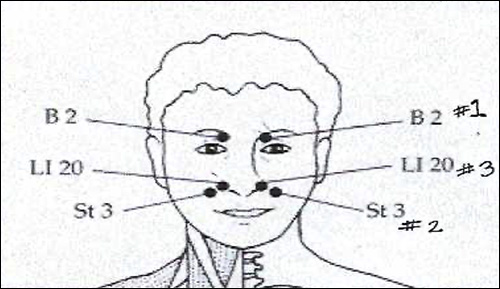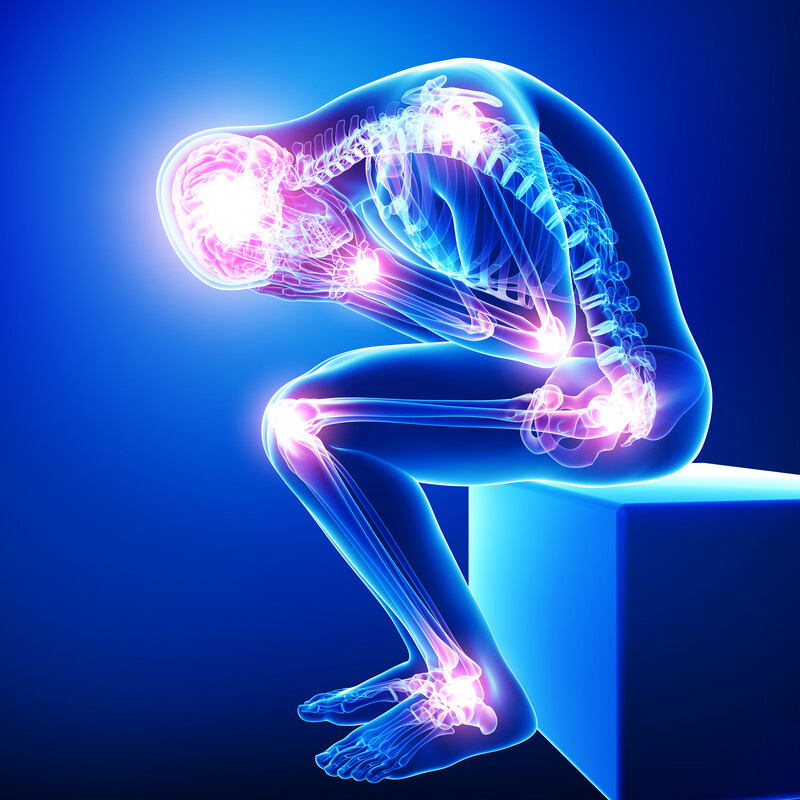
It is no mystery that we are experiencing some of the hottest weather to date. Regardless of whether this is climate crisis related or not heat is happening and is dangerous when ignored. In this newsletter we will explore dehydration, it causes, symptoms and how to stay properly hydrated.
Your body depends on water to survive and support every cell, tissue and organ in your body. Dehydration occurs when your body loses more fluids than it takes in. This can lead to headaches, constipation, dizziness, light headedness, confusion irritability and rapid heart rate.
Dehydration is not only caused by insufficient water intake. Certain medication such as diuretics, high blood pressure medications etc. can cause increased urine output resulting in dehydration. Illness such as infections, vomiting, fever or diarrhea you will also create dehydration. Lastly of course excessive sweating in this heat while being physically active will quickly dehydrate you and it is vitally important that you drink the proper amount needed specifically for your body type.
The amount of water you need is more complicated than just drinking 6-8 8 oz glasses of water a day. It depends on your weight, what medications you take, and what you are in doing throughout the day.
The National Academy of science engineering and medicine recommendations for daily fluid intake to be 131 ounces for males and 95 ounces for females. To make it more specific to your weight it is helpful to use the following formula.
Daily water intake = body weight (in kilograms) x 0.03
Or to make it even easier about half your body weight in ounces.
Children and the elderly need to be more conscious of their water intake because they don’t have the same cooling ability and often don’t drink enough fluids. Being active also demands more intake and should be consumed before during and after exercise. Consider sports drinks to enhance electrolyte depletion.
Many people don’t realize that thirst is a late sign of dehydration so it’s important to stay ahead of it and not wait until you are thirsty to address your hydration. While water is the best option drinks like herbal tea and milk can contribute to your fluid intake. Caffeinated and sugar drinks can have a diuretic effect and while they do contribute they aren’t as hydrating.
So let’s all stay safe and make the most of this heat and continue to enjoy the summer.


 To make use of these trigger points I have enclosed the following diagram to make it easier to locate where to apply pressure. The pressure that you apply need not be forceful or hard enough that it causes significant pain. That said your pressure should be a gentle yet firm touch. It may feel slightly uncomfortable but should not cause significant pain.
To make use of these trigger points I have enclosed the following diagram to make it easier to locate where to apply pressure. The pressure that you apply need not be forceful or hard enough that it causes significant pain. That said your pressure should be a gentle yet firm touch. It may feel slightly uncomfortable but should not cause significant pain.